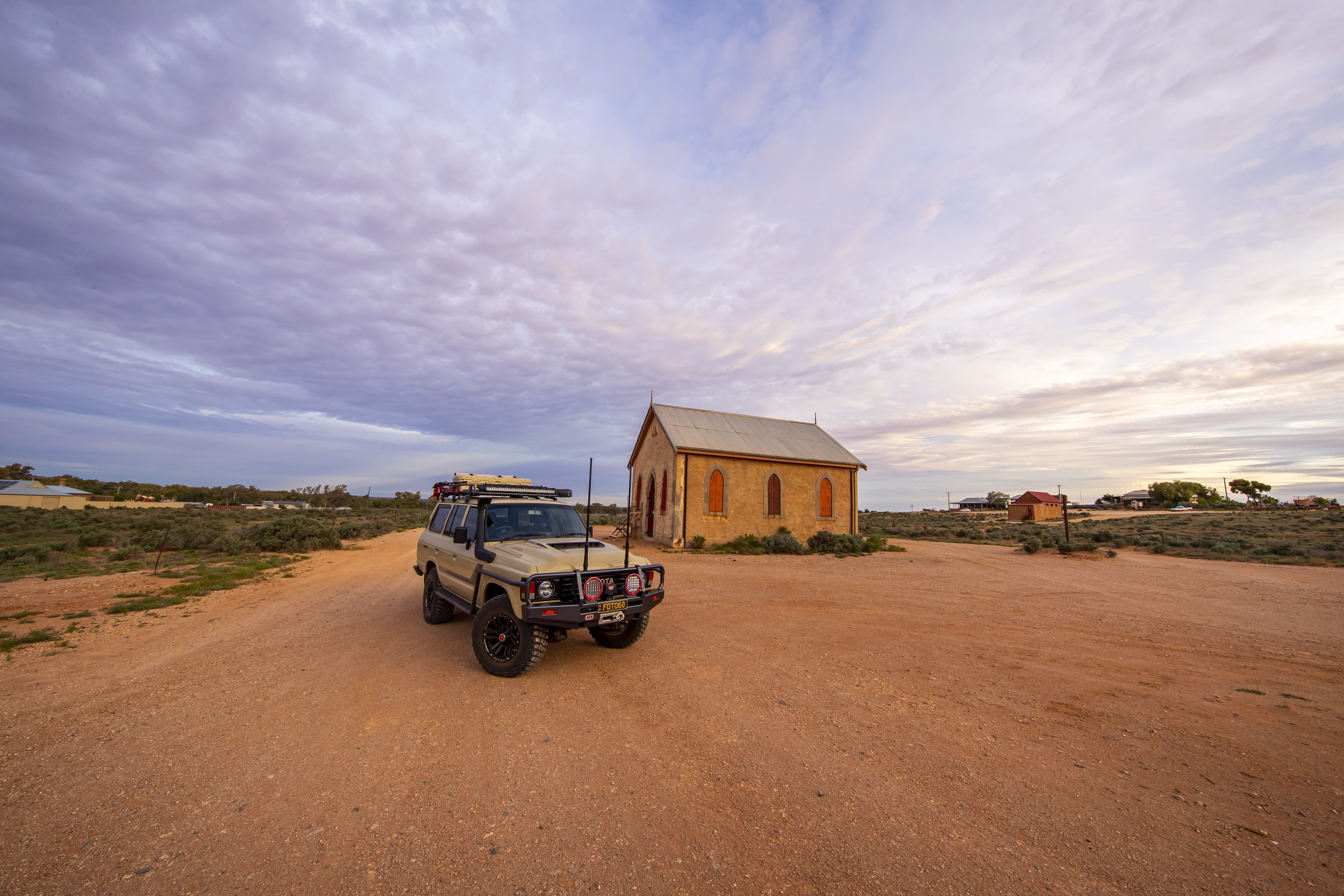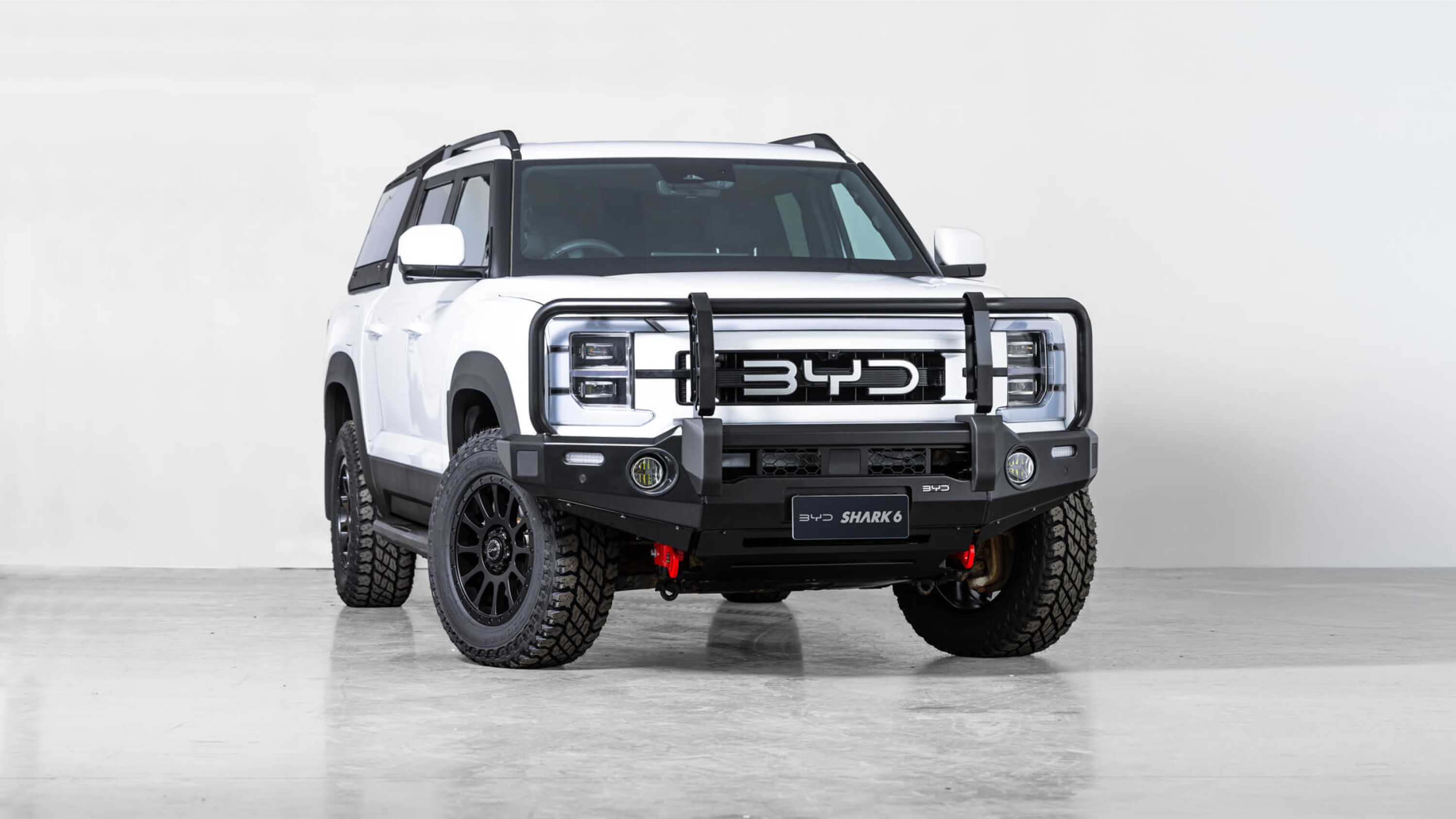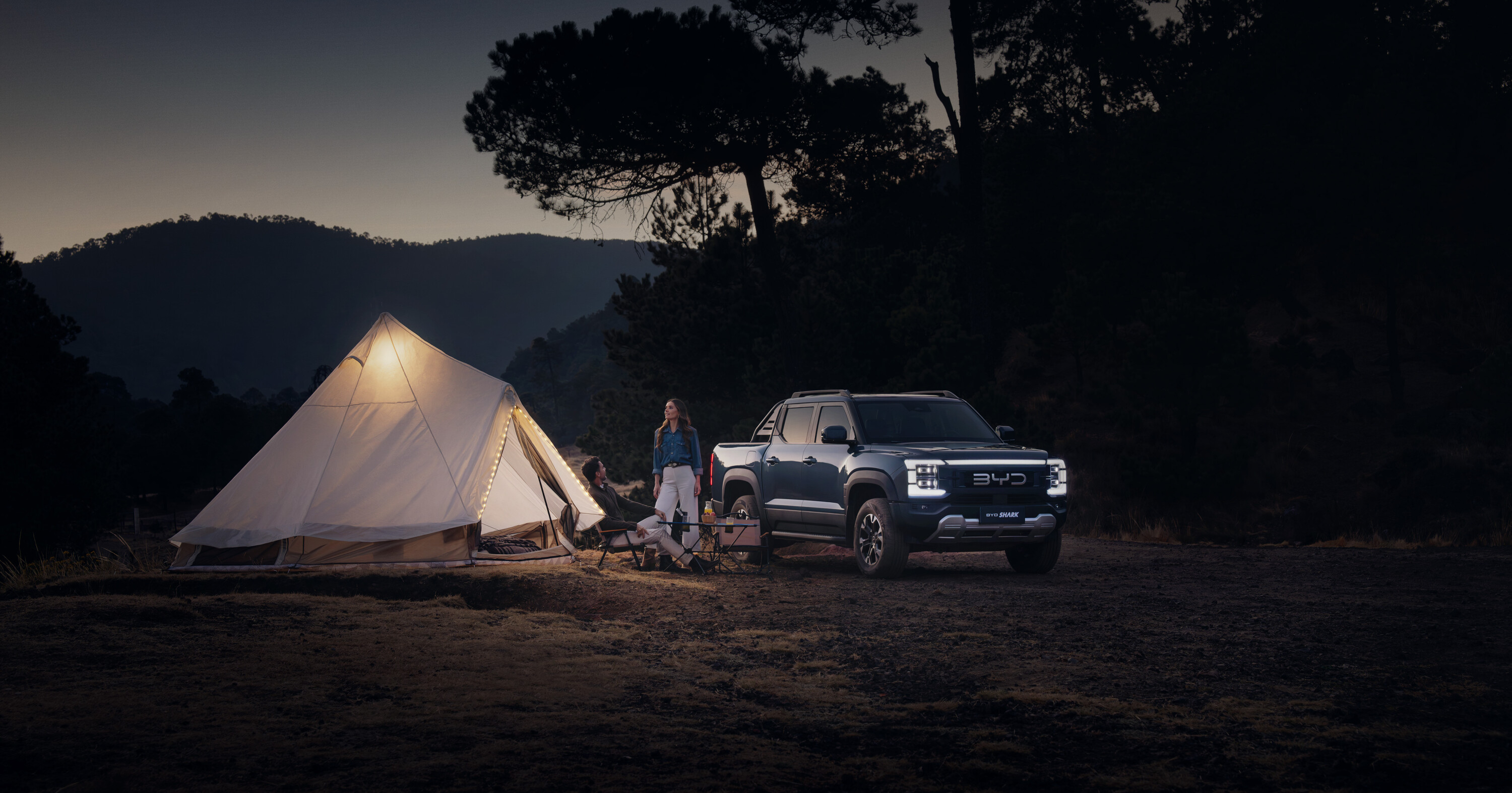It is that time of the year again, when many of us will be looking at a map of Australia and planning an outback adventure.
We’re going to assume, apart from planning where and when to go, you have serviced your vehicle and have a few basic spares and tools – as well as know-how – to do some simple fault-finding and repairs such as changing a fuel filter, replacing a fuse or swapping a tyre. These are all good skills and important to help keep you moving when you are far from any vehicle service centre.
Don’t even think of going in to the outback on half-worn tyres – you are just asking for trouble. They should have at least 70 per cent of the tread and be of Light Truck (LT) construction.
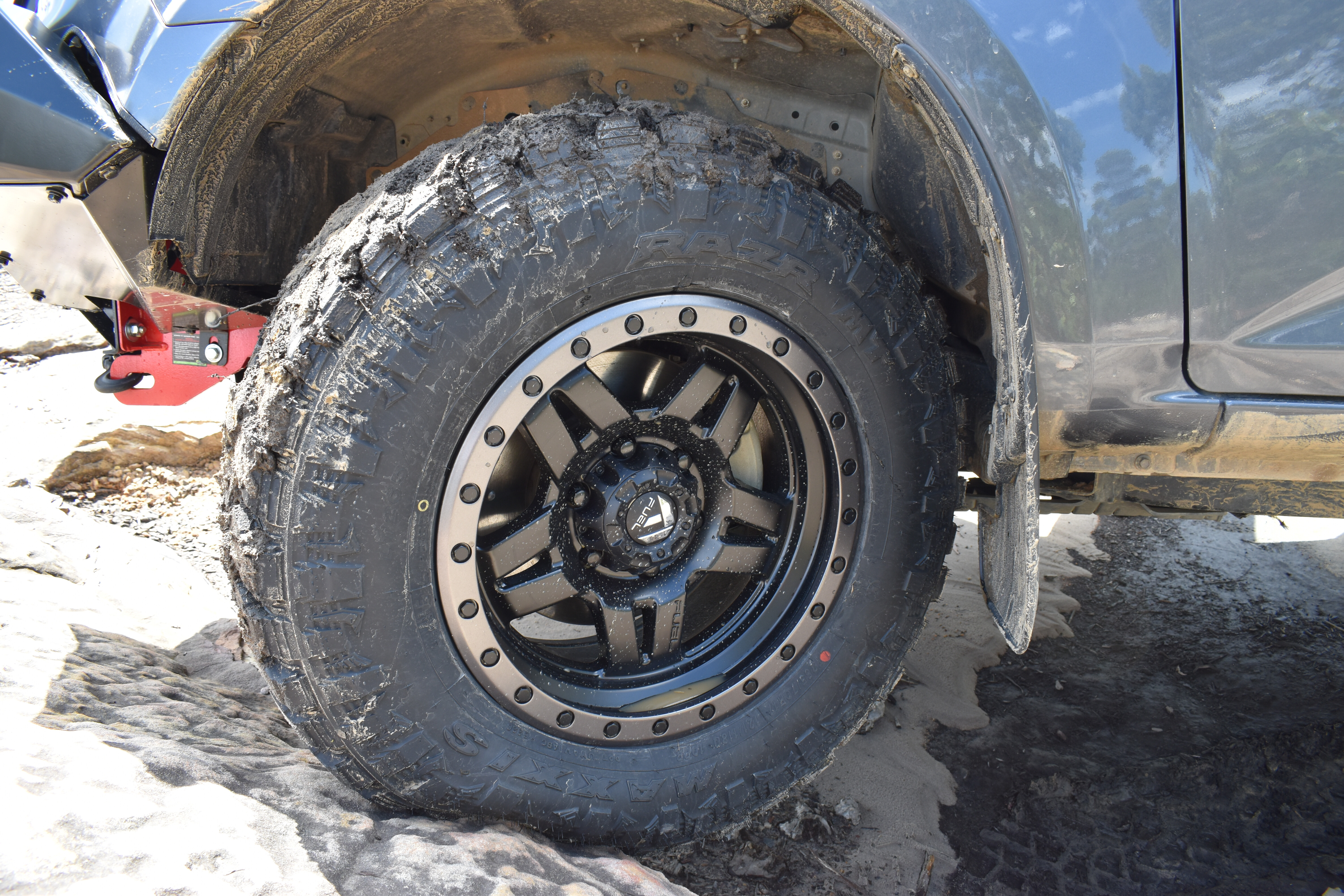
Highway-orientated tyres or passenger-constructed tyres do not last on rocky, corrugated dirt roads, let alone on rough tracks. And, depending on the type of road or track you are on will depend on what tyre pressures you’ll run.
Remember when running tyre pressures lower than normal, to keep your speed under control.
Carry an extra form of communication device. While mobile phone coverage is getting better across the outback, you’ll find Telstra has the best coverage. However, there are places such as the well-used Oodnadatta Track where Optus is the sole provider.
Where neither provider supplies coverage (and there’s a vast area of Australia like that) you’ll need a GPS communicator or a satellite phone. Hire or buy one – Oz Satellite Rentals supply much more than sat phones and is a good place to start.
For those with modern vehicles where computer chips control everything from engine fuel supplies, the gearshifts your auto box makes and when your headlights switch on, it pays to carry an OBD Reader in your repair kit. These will help you find what an engine code means, and the better units give you an idea what the possible faults could be and possible fixes.
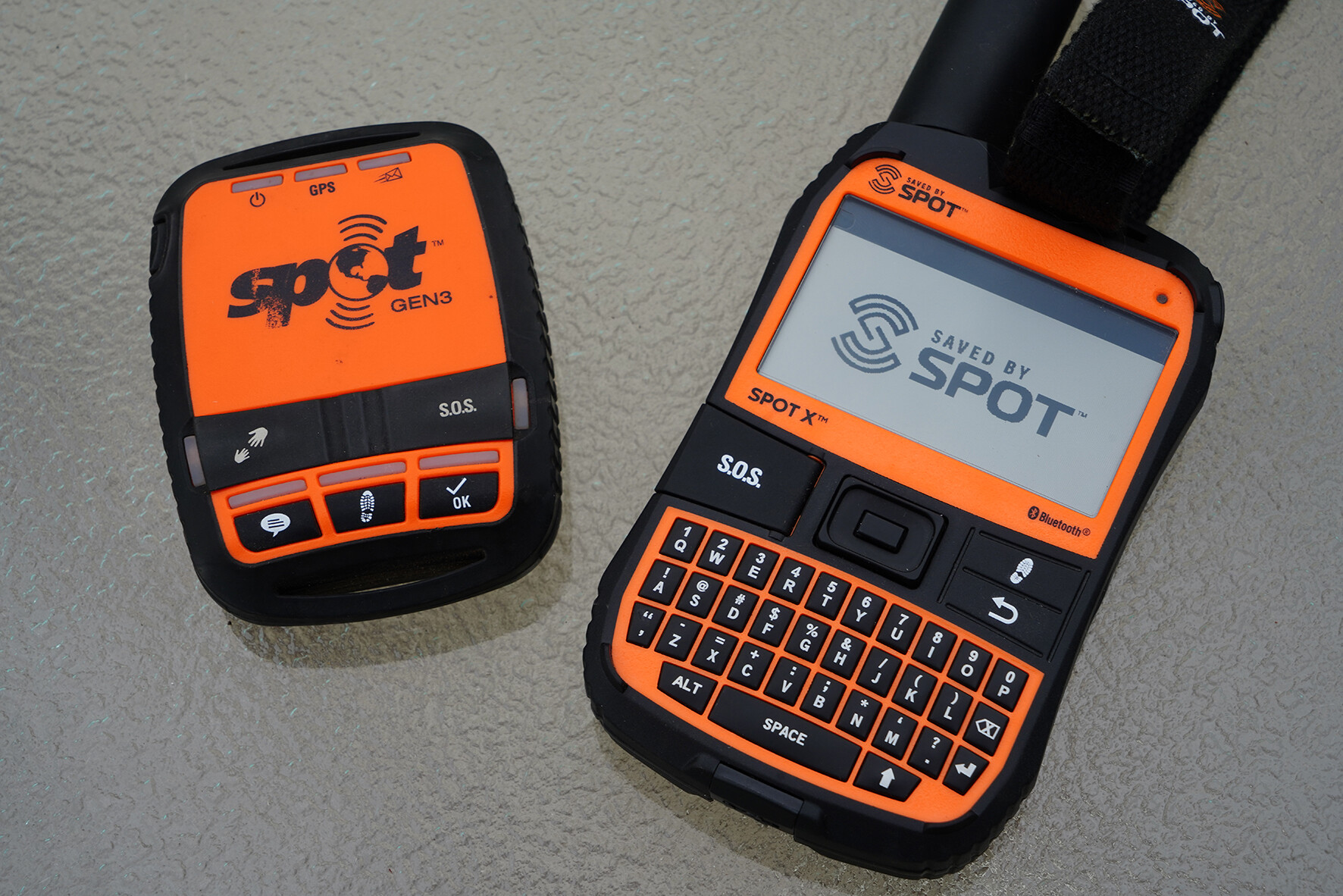
Every modern vehicle (from 2005 onwards) should carry one and, while there’s any number of OBD readers around, the ones available from Autophix Australia are hard to beat.
When navigating across our vast continent, don’t trust Google or other street navigators explicitly. Meanwhile, maps from well-known sources such as Explore Oz often show so many tracks – often closed, private or management-vehicles only – that it’s easy to get bamboozled or led in the wrong direction. With that said, Explore Oz is an incredible resource and hard to beat. However, we nearly always rely on Hema Maps for our desert and outback travels.
Once on the road, never drive past a roadhouse without filling up. You just never know – the next planned fuel stop may be a few hundred kilometres away, and when you get there it could be closed or out of fuel because the fortnightly fuel truck hasn’t arrived.
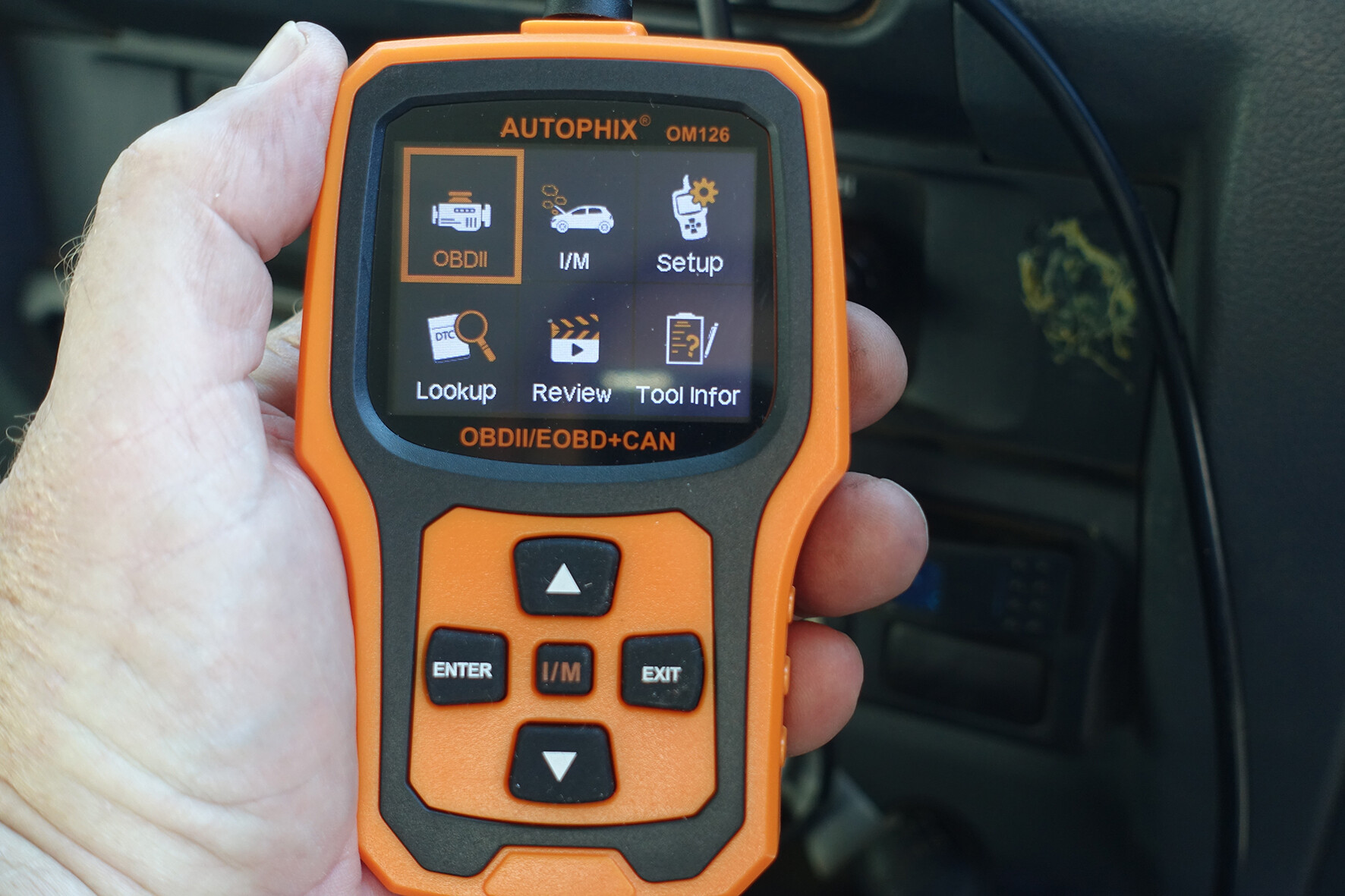
Take cash with you. While most places, even the seemingly remotest stores supplying fuel and a few basic supplies, generally have EFTPOS and credit card facilities, there’s always a good chance your card won’t work because of a poor internet connection or some other electronic malfunction.
Lastly, make sure you have a plan if something goes horribly wrong while travelling in our outback. Carry water, activate your emergency communication device and ensure you have a contact who knows your travel plans. If worse comes to worse … don’t ever leave your vehicle to walk for help!
We recommend
-
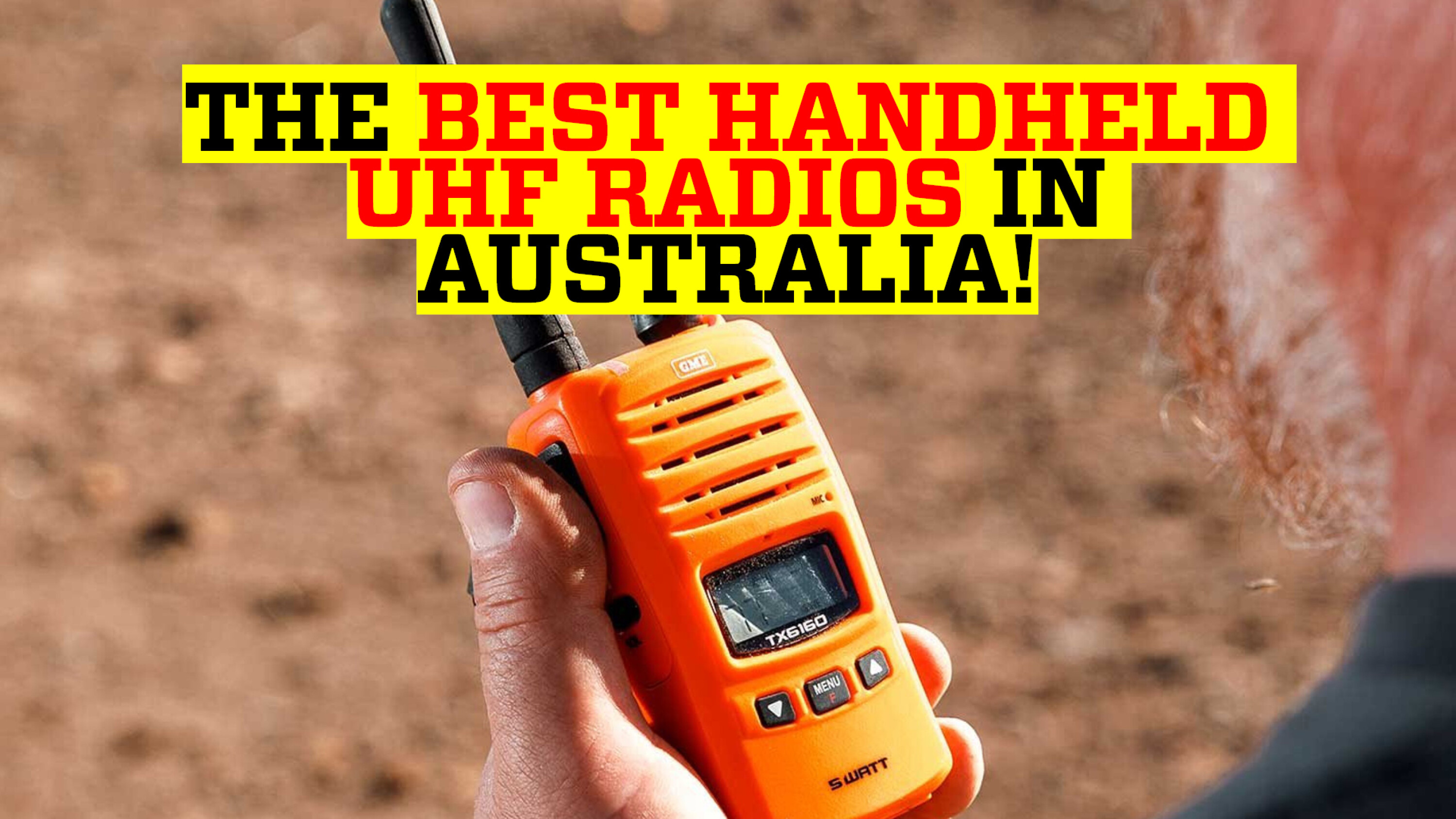 Gear
GearThe best handheld UHF radios in Australia in 2024
Ensure this essential tool for off-road travel is reliable and up to the task
-
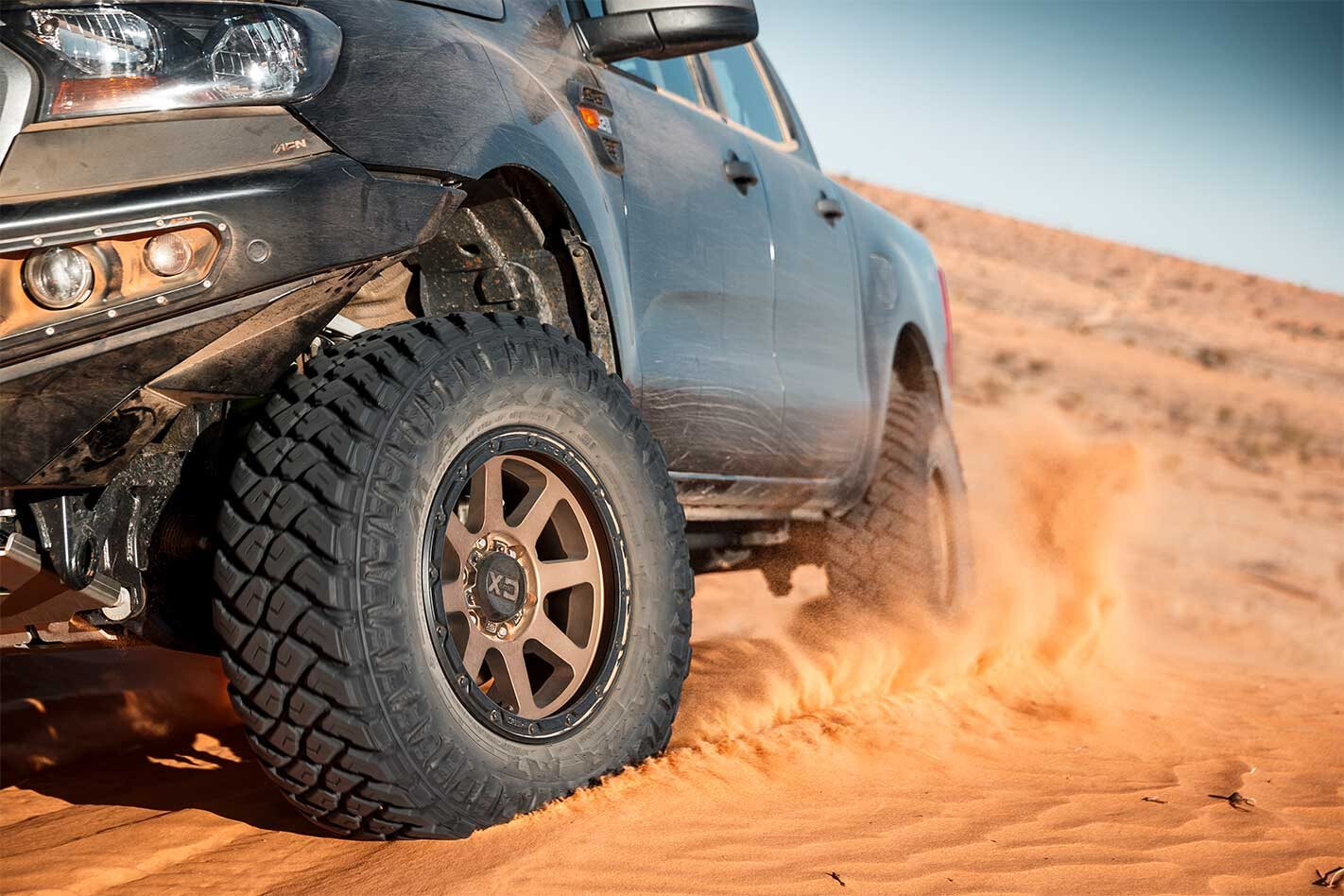 Wheels & Tyres
Wheels & TyresMaxxis RAZR mud-terrain tyres survive off-road torture test
Maxxis’ RAZR mud-terrain tyres are the strong and silent type.
-
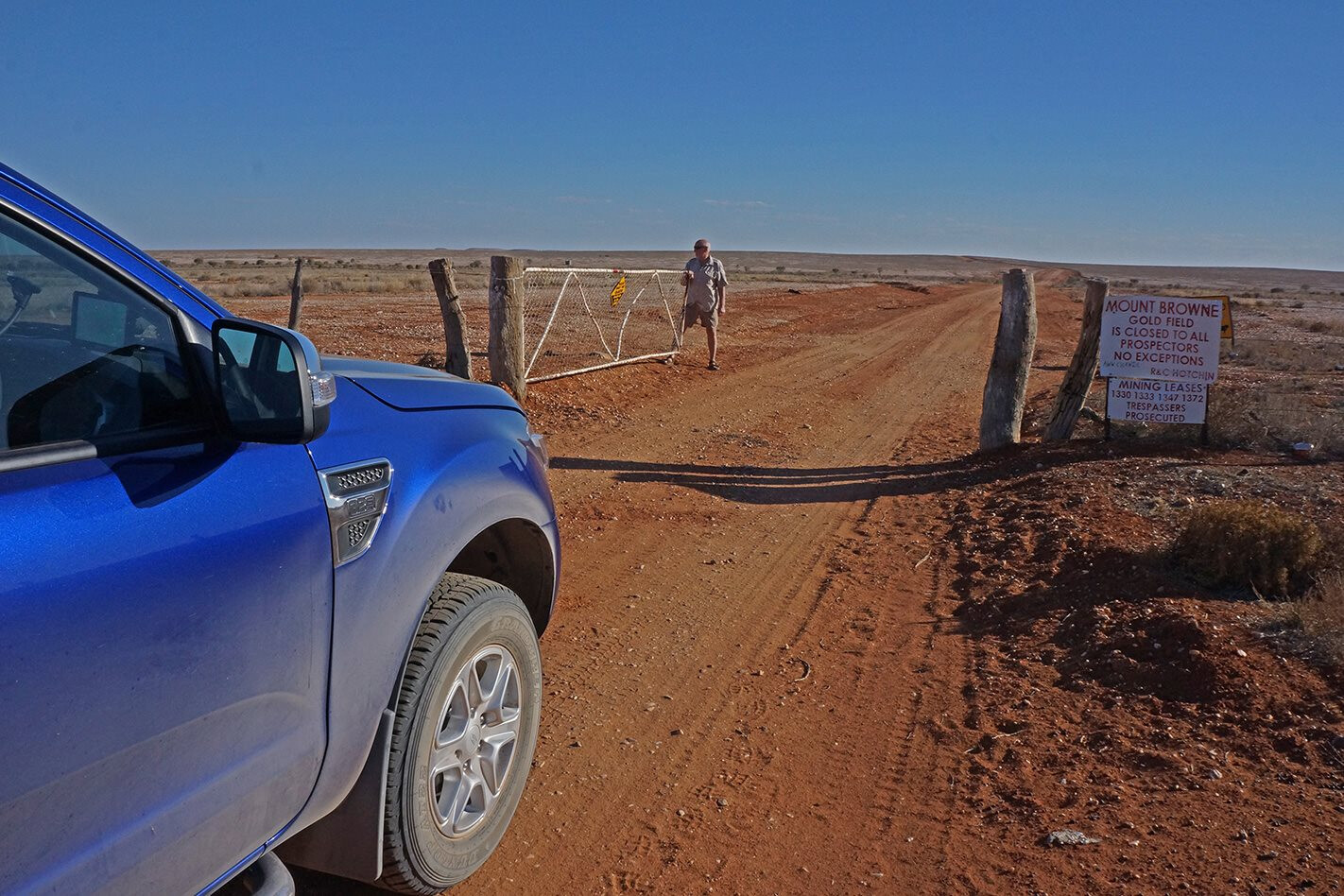 Opinion
OpinionAdvice from an outback station owner
Station owners are fed up with folk who don’t know outback etiquette.

